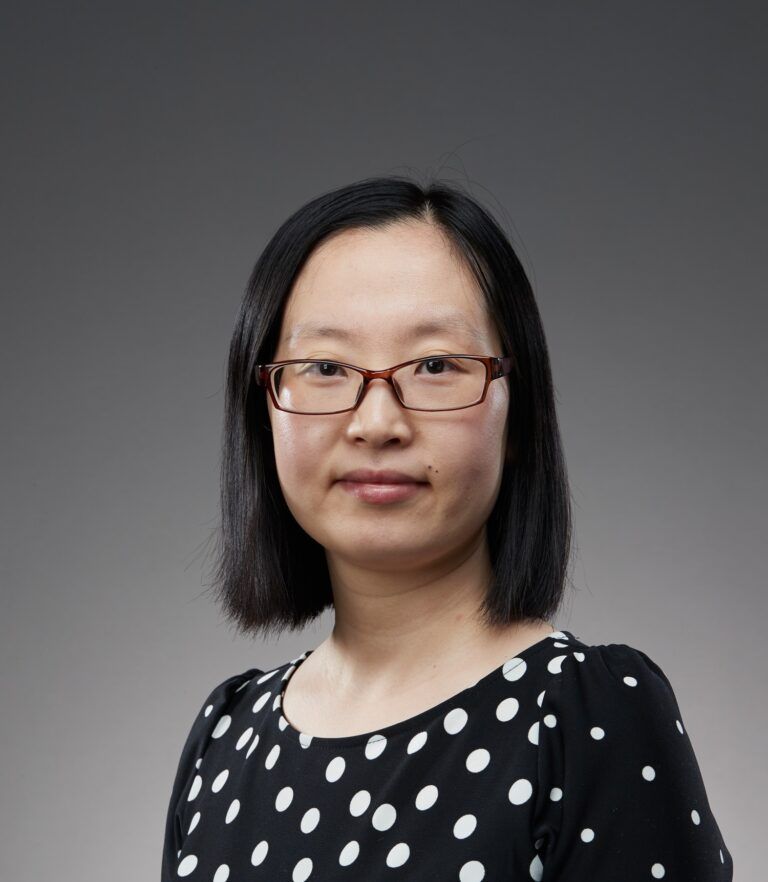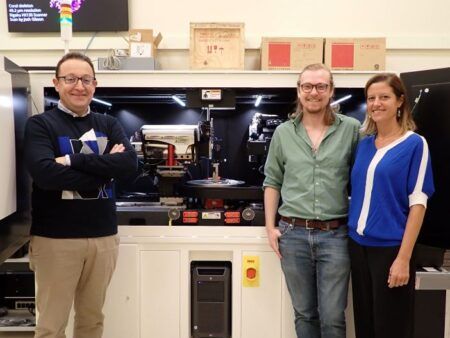Professor Xiaoze Pei, Professor of Transport Electrification at the University of Bath is researching cryogenic and superconducting powertrains for use in hydrogen-powered electric aircraft.
My work with superconductor technology started with my PhD at University of Manchester in 2008, which focused on developing a superconducting fault current limiter. After that I spent five years as a research associate, working on a superconducting fault current limiter for 11kV distribution networks and a hybrid DC circuit breaker for use in high voltage direct current transmission systems.
The high temperature superconducting material we worked with then was magnesium diboride (MgB2), which has a critical temperature of 39K, but now we are also using Yttrium barium copper oxide (YBCO). YBCO can operate within the temperature range of liquid nitrogen, making it much easier to work with in the laboratory.
I first started applying superconductor technology to aviation applications in 2017 when I moved to the University of Bath. That was projects to design first a compact superconducting fault limiter and then integrate a cryogenic DC circuit breaker and power electronics. We have been examining the feasibility of using the technology in aviation over the last few years.
My latest project is looking at how to scale up the superconducting technology for use in hydrogen-fuelled large and long-haul aircraft, around 200 seats and above. This will require electrical propulsion systems working at power levels of around 20MW. The high-power levels make the use of superconductors necessary, it cannot be done otherwise.
The project is going to take five years and will aim to answer three main technical questions. Firstly, how do we deliver those high levels of power within the weight limit? Secondly, how do we provide the energy efficiency which will be required for long haul aircraft. Finally, how do we guarantee the safety and operational reliability demanded by aviation applications?
A critical part will be developing novel protection strategies. These will need to be able to identify a fault in the system and provide protection through the integrated superconducting fault current limiter and cryogenic DC circuit breaker.
The research work will cover from the component to the system level in a holistic way. I will be using simulation and modelling for the system design and controls. For the dedicated components, in particular the protection unit we will build hardware. This will enable us to represent the fault current and test the protection unit so we can be sure it satisfies the safety requirements.
We can use superconductors in aviation now because future hydrogen aircraft will already have cryogenic systems onboard to handle liquid hydrogen itself at 20K (-253˚C). We can use the fuel to provide a cooling source for the electrical powertrain. High temperature superconducting materials have also matured in the last ten years. There are over 10 suppliers internationally, which is boosting the capability to manufacture these superconductor components.
Now is the perfect time to do this research. We have proved the feasibility of the technology and the industry is moving in the direction of zero-emissions aviation. But if we want larger aircraft, not just smaller regional ones, to use hydrogen, we need to use superconductors.
My research will be done at the Institute of Advanced Automotive Propulsion Systems (IAAPS) at the University of Bath, where I am Director of Research Quality. IAAPS is a centre of excellence for propulsion research and innovation. Later this year IAAPS will open its new green hydrogen research facility and host our first superconductivity conference. IAAPS is set to become a key player in the hydrogen-electric future.





